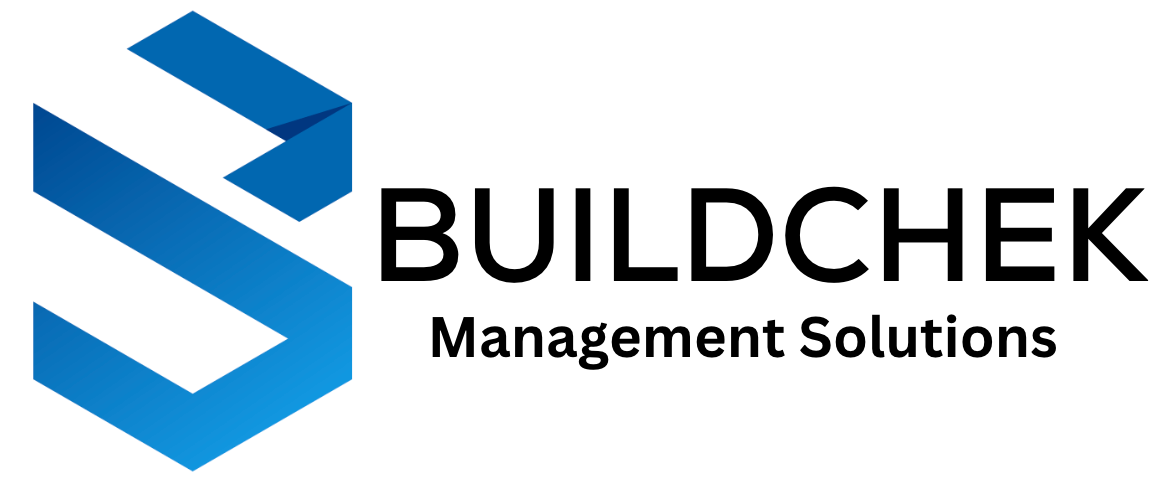Best Practices for Implementing Online Permitting Software

In an era where efficiency and speed are paramount, the shift from traditional paper-based permit processing to online permitting software has become a strategic imperative for businesses involved in real estate, construction, and various inspection services. Implementing online permitting software not only streamlines the process but also enhances transparency, reduces overhead costs, and improves compliance with regulatory requirements. This comprehensive guide will delve into the best practices for implementing online permitting software, ensuring a smooth transition and maximizing the potential benefits for your organization.
Understanding the Need for Online Permitting Software
Before diving into the implementation process, it's crucial to understand the necessity and benefits of online permitting software. For industries requiring building permits, such as construction and real estate, traditional methods often involve cumbersome paperwork, prolonged waiting times, and a high potential for human error. Online permitting software automates and simplifies these processes, allowing for quicker turnaround times, reduced operational costs, and improved accuracy.
1. Evaluate Your Current Permitting Process
The first step in implementing online permitting software is to thoroughly assess your existing permitting process. Identify the pain points, bottlenecks, and areas where delays often occur. Understanding these elements will help you pinpoint what features your online permitting software needs to address effectively. Consider soliciting feedback from staff who interact with the current system regularly—they can provide valuable insights into the practical challenges they face.
2. Choose the Right Software Provider
Selecting the right software provider is critical to the success of your implementation. Look for providers with a robust track record in your industry. Evaluate their platform’s features, scalability, and customization options. It's also vital to assess the provider's customer support and training resources. A reliable provider should offer comprehensive support during and after the implementation process.
3. Plan for Data Migration
Data migration is a significant aspect of moving to an online permitting system. Plan this process meticulously to ensure data integrity and security. Establish a clear data migration strategy that includes:
- Data Cleaning:
Cleanse your data of inaccuracies or redundancies before migration.
- Data Mapping:
Ensure that data from your old system correctly aligns with the new system.
Trial Runs: Conduct trial migrations to identify potential issues before the full migration occurs.
4. Ensure Regulatory Compliance
Compliance with local, state, and federal regulations is paramount. Ensure that the software you choose can adapt to various compliance requirements. This adaptability is crucial for avoiding legal issues that might arise due to non-compliance with permitting laws.
5. Implement Training and Support
Effective training is essential for ensuring that your staff can use the new software efficiently. Invest in comprehensive training sessions that cover all features of the software. Regular support sessions can also help address any issues as users adapt to the new system. Consider creating a dedicated internal team to help with ongoing questions and troubleshooting.
6. Test the System Thoroughly
Before going live, thoroughly test the software under different scenarios to ensure it performs as expected. Testing should include:
- Functionality Tests:
Check if all features work correctly.
- Load Tests: Ensure the system can handle the expected number of simultaneous users.
- Security Tests:
Verify that the system is secure from external threats.
7. Plan a Phased Rollout
Implementing the new system all at once can be overwhelming. A phased rollout allows you to manage the transition more smoothly and rectify any issues as they arise. Start with a pilot phase involving a limited number of users before a full-scale implementation.
8. Monitor and Optimize
After implementation, continuously monitor the system’s performance and user feedback. Use this data to refine and optimize the system. Regular updates and maintenance will ensure the software continues to meet evolving business needs and regulatory changes.
9. Foster a Culture of Continuous Improvement
Encourage a culture of feedback and continuous improvement among your team. Regularly review how the system is used and seek ways to enhance efficiency and user satisfaction.
Conclusion
Implementing online permitting software can significantly transform the efficiency and effectiveness of obtaining and managing building permits. By following these best practices, organizations can ensure a seamless transition to a digital solution that not only simplifies the permitting process but also provides a strong return on investment through improved operational efficiency and compliance. Embrace the future of permitting with a strategic implementation that sets your organization up for long-term success.

